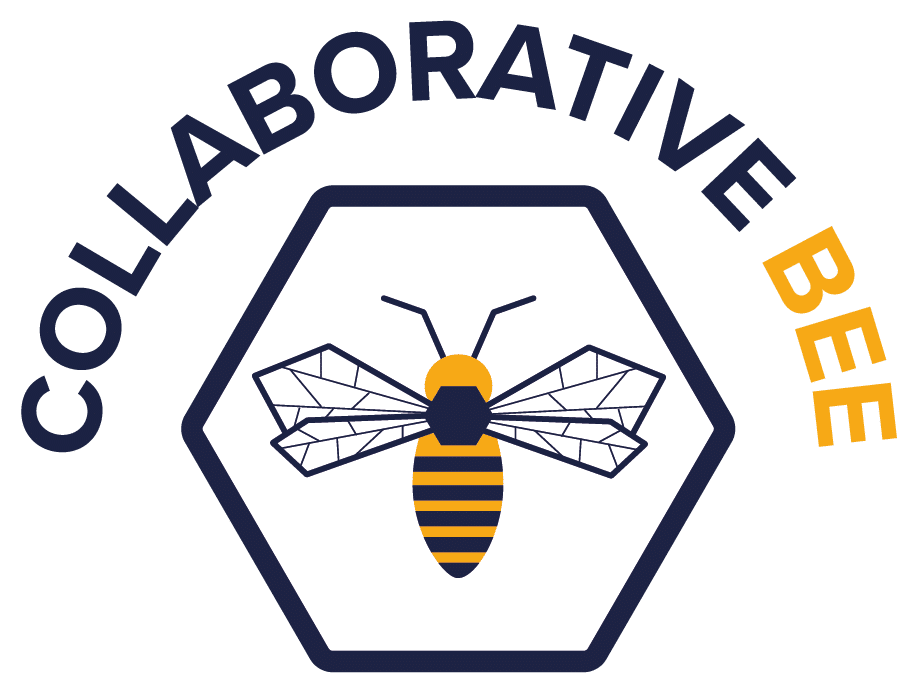Collaborative R&D in Aeronautics
Synergizing Academia and Industry for the Skies of Tomorrow
The aeronautical industry stands at the intersection of high stakes, complex engineering, and relentless innovation. In this environment, Research and Development (R&D) is not just advantageous—it is vital for survival and advancement. The synergy between academic institutions and industrial entities is particularly crucial, driving groundbreaking innovations that pave the way for the future of aviation. This article delves into the significance, challenges, and best practices of collaborative R&D projects, highlighting their impact on the aeronautical sector.
The Importance of Collaborative R&D in Aeronautics
Advancing Technologies
Academia provides the foundation for technological advancements through fundamental research in key areas such as:
-
Fluid Dynamics: Optimizing aerodynamic efficiency and reducing drag.
-
Materials Science: Development of lighter, stronger, and more sustainable materials for aircraft components.
-
Control Systems: Innovations in automated flight control and stability mechanisms.
This foundational work feeds into applied research, enabling industry leaders to improve aircraft design, manufacturing processes, and operational efficiency.
Risk Mitigation
Large-scale projects in aeronautics come with immense financial and technical risks. Collaborative R&D helps distribute this burden, leveraging the expertise and resources of multiple stakeholders. The blend of academic and industrial perspectives allows for creative problem-solving and faster identification of potential failures.
Regulatory Compliance
Navigating the stringent requirements of international aviation standards is a key challenge in aeronautics. Universities, often with access to regulatory expertise and research-driven compliance strategies, play a crucial role in ensuring new technologies meet safety and certification benchmarks.
Challenges in Aeronautical Collaborations
Data Sensitivity and Security
R&D projects in aeronautics often involve highly sensitive information, including national security implications, intellectual property (IP), and proprietary technologies. Strict protocols for data protection must be implemented to safeguard confidentiality and compliance with regulations.
High Costs
Aeronautical research involves substantial investments due to:
-
Specialized equipment (wind tunnels, computational clusters, etc.).
-
Large-scale prototyping and testing.
-
Highly skilled personnel.
Allocating and managing these costs between stakeholders remains a significant challenge.
Long Development Cycles
Aeronautical innovations require extensive testing, certification, and iterative improvements, leading to longer timelines. Maintaining stakeholder commitment and sustained funding throughout the project lifecycle is often difficult.
Best Practices for Aeronautical Collaborations
Stakeholder Alignment
Ensure alignment between academic research objectives and industrial goals to produce tangible, market-ready solutions. A clear roadmap with mutual milestones can drive focus and efficiency.
Intellectual Property (IP) Clarity
Given the competitive nature of the aeronautical sector, establishing clear terms for IP ownership, usage rights, and profit-sharing is essential from the outset.
Milestone-Based Reviews
Incorporate structured, milestone-driven reviews to evaluate progress and adjust goals as needed. Aeronautical innovations often need to adapt to rapid advancements in technology and changing regulatory landscapes.
Infrastructure Sharing
Maximize resource efficiency by facilitating shared access to research infrastructure, such as:
-
Wind tunnels.
-
Flight simulators.
-
High-performance computing clusters.
-
Specialized laboratories for materials testing and propulsion systems.
Skill Development
Create programs to bridge the gap between academia and industry through skill transfer, training, and mentorship. Such initiatives ensure all parties understand each other’s constraints, opportunities, and operational needs.
Case Studies
1. Next-Generation Aircraft Engines
A leading aeronautics corporation partnered with multiple universities to develop energy-efficient aircraft engines. This collaboration resulted in:
-
20% increase in fuel efficiency.
-
Lower carbon emissions, aligning with global sustainability goals.
The project leveraged academic expertise in thermodynamics and advanced materials to deliver commercial-ready solutions.
2. AI-Driven Drone Navigation Systems
A collaborative project between university researchers and industry engineers led to the development of AI-powered navigation systems for unmanned aerial vehicles (UAVs). Key outcomes include:
-
Autonomous flight capabilities with high precision.
-
Compliance with emerging regulatory standards for commercial drone operations.
The systems are now undergoing final testing for widespread commercial adoption.
Nurturing the Next Generation of Aeronautical Innovators
Student involvement in collaborative R&D offers an exceptional opportunity to combine theoretical learning with real-world problem-solving. Benefits include:
-
Hands-on Experience: Students work with cutting-edge technologies and industrial tools, such as CAD software, simulators, and test rigs.
-
Exposure to Complex Challenges: Students engage in practical challenges like fuel optimization, airframe design, and control systems.
-
Skill Development: These projects develop critical thinking, teamwork, and leadership skills, preparing students for future roles in the aeronautics industry.
Conclusion
Collaborative R&D in aeronautics represents a powerful opportunity to innovate, mitigate risks, and accelerate advancements in this critical sector. By fostering partnerships between academia and industry, stakeholders can overcome challenges, optimize resources, and develop next-generation technologies that redefine air travel.
With a focus on best practices—from stakeholder alignment to infrastructure sharing—these collaborations ensure sustained innovation, cost efficiency, and technological leadership. Furthermore, involving students in such projects guarantees the nurturing of future talent, securing a vibrant and competitive aeronautical industry for decades to come.
Keywords: collaborative R&D, aeronautics, academia, industry, innovation, technologies, risk mitigation, regulatory compliance, challenges, best practices, stakeholder alignment, IP clarity, milestone-based reviews, infrastructure sharing, skill development, case studies, next-gen aircraft engines, drone navigation systems, conclusion, student involvement.
